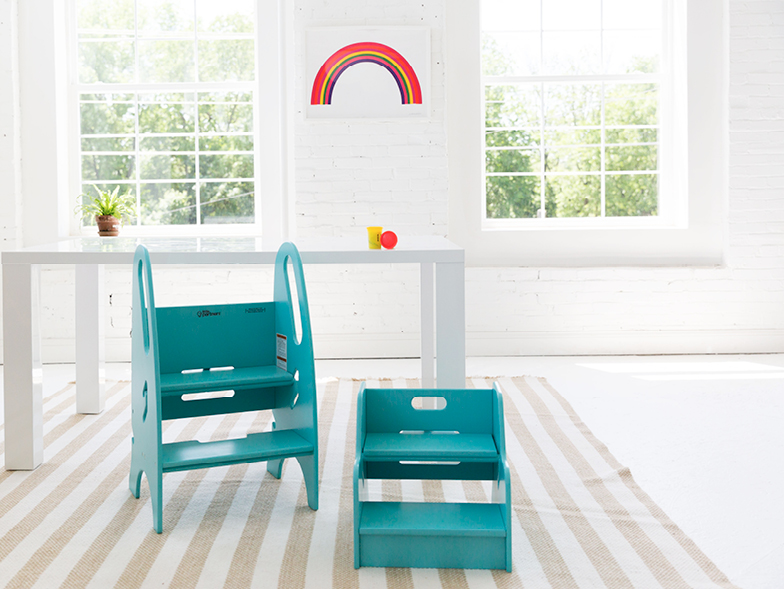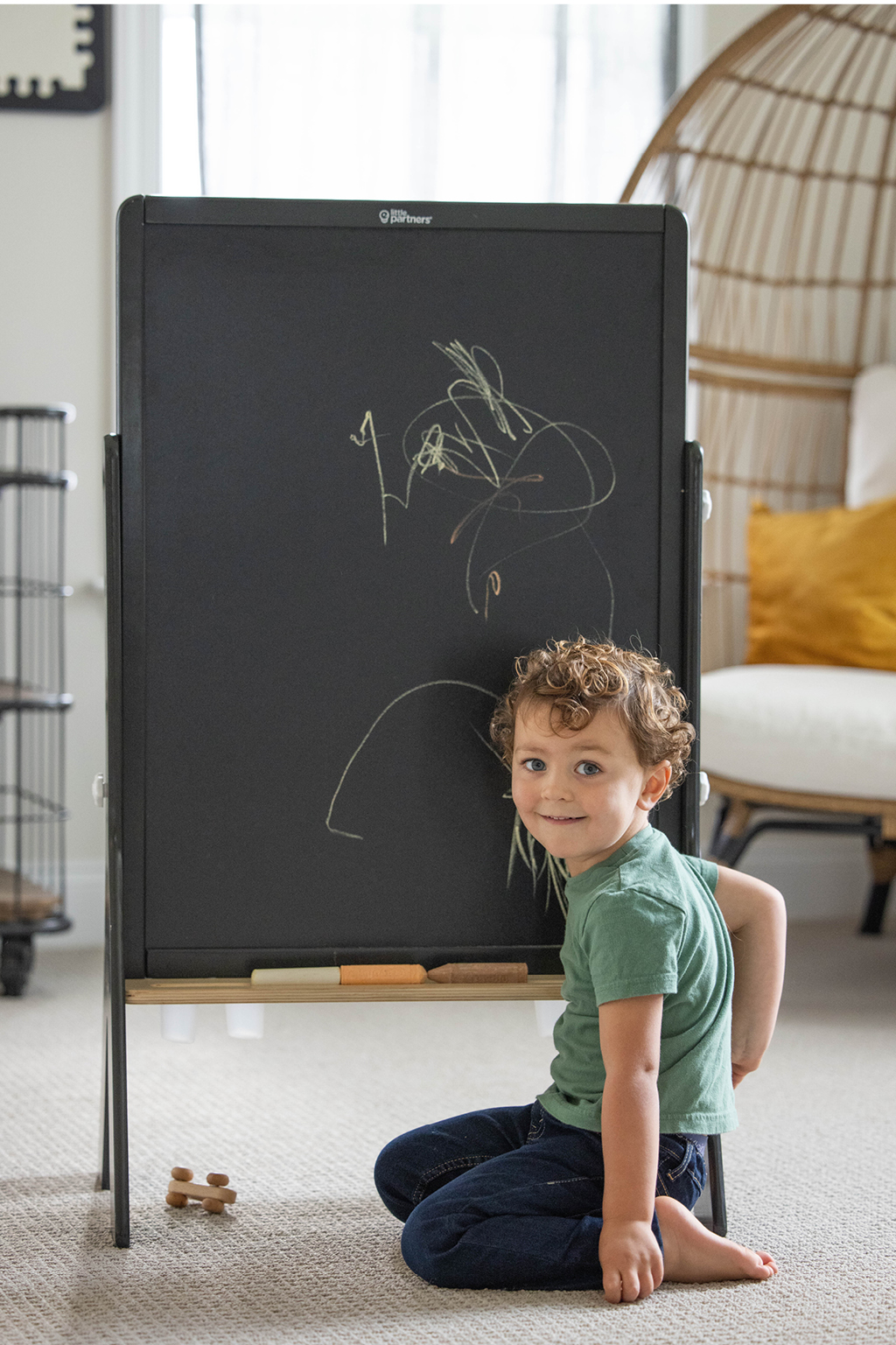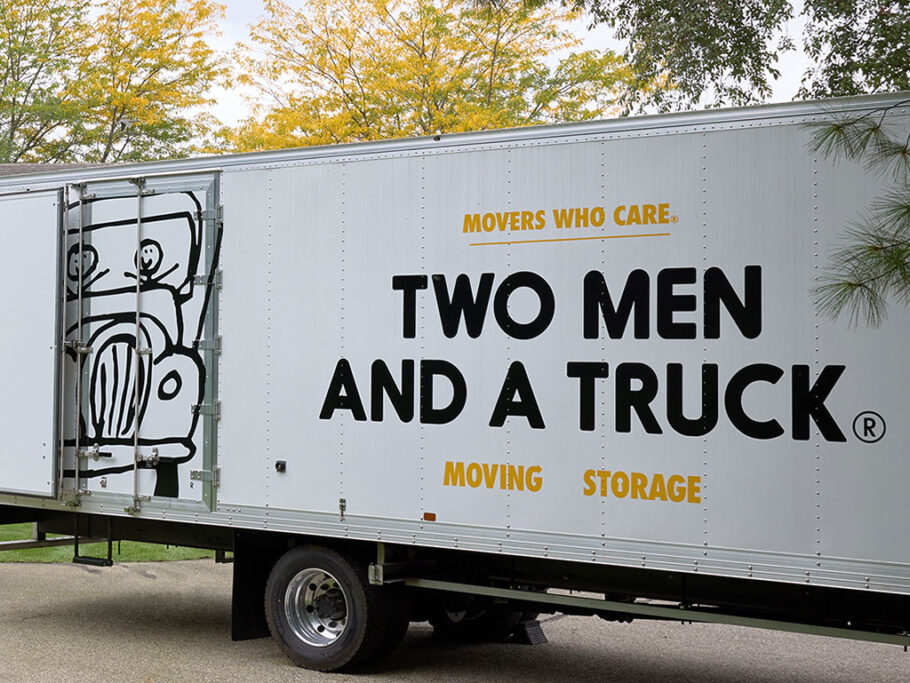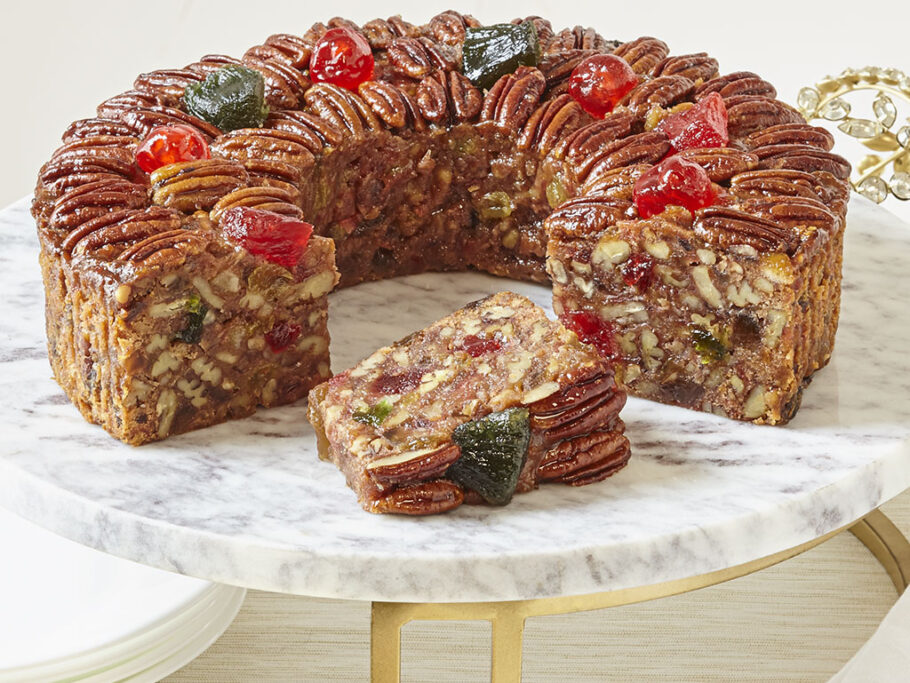Building Independence
“If a child is to keep alive his inborn sense of wonder . . . he needs the companionship of at least one adult who can share it, rediscovering with him the joy, excitement, and mystery of the world we live in.” — Rachel Carson

For young children to properly develop, they need a safe environment in which to explore, play, and learn independently. Carol Gamble, the founder of Little PartnersÒ, a company that creates products designed to nurture this space, discusses her inspiration for the company’s groundbreaking Learning TowerÒ and her ongoing mission to help kids meet their potential.
What inspired you to create the original Learning Tower?
When my daughter, Hanna, was around eighteen months old, I started observing that she really wanted to see what I was doing at the kitchen counter. I knew that she was very capable of doing a lot for herself—like turning on the water and filling up a glass—if she had the right environment. But I also realized there wasn’t a safe place where she could stand next to me and do such things, which helps with children’s motor skills and self-confidence.
I had already bought every step stool I could find, but there was nothing on the market that would give her that safe place to move around at a certain height. Plus, kids grow quickly, so adjustability was necessary. I decided to see if I could make something that would accommodate them. That’s where the first tower came from in 1992. It went through several stages of modifications, but it’s not that much different from the tower we offer today.
How did you start making it?
I had a drawing of it and showed it to my brother-in-law. He made the first tower for me in the garage. From there, I used that prototype to make it better, particularly more stable. It was about a year before we had a solid learning tower that Hanna could use. I made several in my garage and sold them, and then I took my product to trade shows.
Well, nobody at the shows wanted it. After around five years of going down that route, I decided to do everything myself. It was a brand-new product, so I had to create the market. I sent it to a design firm at Georgia Tech to help make it more design-friendly for manufacturing, and the new platform could go in and out like a shelf. I took that design, which was meant for a plastic product, and made it out of wood.
I took it to a trade show in Canada that was geared toward preschools rather than consumers. A man named Ian Proud, who worked for a big playground equipment manufacturer, loved the product and said he could help me. We redesigned the tower by creating the loops the platform sits in, which made it safer, more secure, and easy for parents to adjust it without tools. This is the one we sell today.

In what ways does the Learning Tower make a positive impact on a child’s health?
I wanted to make being in the kitchen a “yes” experience. There’s a developmental reason your child asks to be with you in there. But parents always want a safe place for their kids, which is why they’re often afraid to allow them to be with them in the kitchen. Of course, there are times children can’t be in there, but when they can, it enriches both the child’s life and the parent’s life.
Also, toddlers are very strong, and they constantly move around, which is part of their normal development. At that age, the cry is “I can do it!” They crave independence. However, when a toddler is on a chair, a parent is constantly saying “Don’t move.” So we were very conscious of this when designing the tower. The child can go into it and climb up it instead of a parent having to put them in a high chair. In addition, toddlers are fascinated by learning simple things like spooning something from one cup to another. By creating independence, the tower allows them to safely do those sorts of things and work on their motor skills safely.
How heavy is it? What kind of wood is it manufactured from?
It weighs around thirty-five pounds, so it’s not going to tip over, and toddlers can still move as vigorously as they inevitably do. It’s made from Baltic birch, a type of plywood that most children’s furniture is composed of, especially in preschools, and the inner plywood panels are poplar.

Tell us about the importance of this being a dynamic, multiuse, long-lasting developmental tool, especially concerning sustainability:
Another reason I insisted that the tower had to be composed of wood is so it wouldn’t land in a dump somewhere as plastic products do. As a wooden product, it can be passed down through generations. The wood is all sustainably sourced, which is important to me. Little Partners works with the Arbor Day Foundation and plants two trees for every tree that it takes to make the product. All our products are also GREENGUARD GOLD certified, which verifies how chemical-free they are.
As far as it being multiuse, it’s a climbing structure, but it also fosters creativity and imagination—it’s so sturdy, you can turn it into a fort or create a puppet theater by throwing a blanket over it. Also, as you said, it’s not intended for only one stage of development; it grows with children. It has an adjustable platform and turns into a learning station. We now have education boards, easels, slides, and other products you can attach to the tower. Parents love the original Learning Tower because its uses go on and on.
One neat thing is that kids take ownership of their towers. It’s their tower and their place. As we all know, having a special place empowers you. They know that they’re welcome in this space and can be a full participant, which is so important to their independence. If they have a little sibling, it also teaches them how to share.

Does this explain the meaning behind the company’s name?
Yes! That’s very intentional. I feel strongly about the parent-child partnership. We’re born with this bond with our parents; we want to be near them. When children look at parents as partners, it’s not a one-way relationship. And the tower empowers them when they’re standing next to their parents—it makes them equal in a sense. They can look at and communicate with them at eye level. They also feel encouraged to offer value to their parents, like helping them in the kitchen.
What does your thirty-year Little Partners journey mean to you?
I’ve been able to realize a dream. After all these years, I’m still passionate about helping kids. That’s why the tower was designed very carefully with the needs of children in mind, not about whether it was going to sell. With that drive, I persevered to get it on the market, and I’ve been gifted with great help along the way. It’s been a wonderful journey, and I’m very thankful for it.
For more info, visit littlepartners.com






















